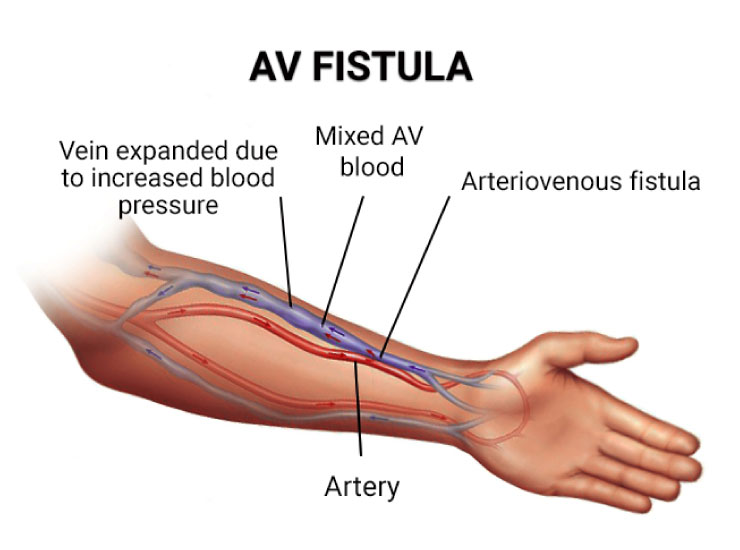
Dialysis Fistula Surgery is one of the surgical procedures to prevent a catheter from getting plugged up with blood clots. If you don’t get dialysis, your body will be unable to filter waste and fluids the way it should, and you’ll need dialysis fistula surgery to live.
A dialysis fistula directly connects an artery to a vein, which is created surgically. A dialysis fistula is a preferred method for accessing the bloodstream for hemodialysis, as it is associated with fewer complications than other methods, such as catheters.
There are two types of surgeries to treat a dialysis fistula. The first is revision surgery, used to repair or replace a damaged fistula. The second type of surgery is an anastomosis, which connects two healthy arteries or veins.
Dialysis fistula surgery is a relatively common procedure and can take anywhere from one to two hours to complete. The surgery typically involves making an incision in the lower back and then using a microscope to remove the fistula. The fistula can be repaired or replaced with a new one, depending on the severity of the condition.
Dialysis fistula surgery is typically performed when there is a blockage in the fistula. That can be caused by several things, including scar tissue, aneurysms, or thrombosis. If left untreated, these problems can lead to serious complications, including:
-Infection
-Blood clots
-Failure of the fistula
-Decreased blood flow to the extremities
If you are experiencing any of these problems, it’s important to seek medical help right away.


© 2022 All rights reserved by smgkibria.com.